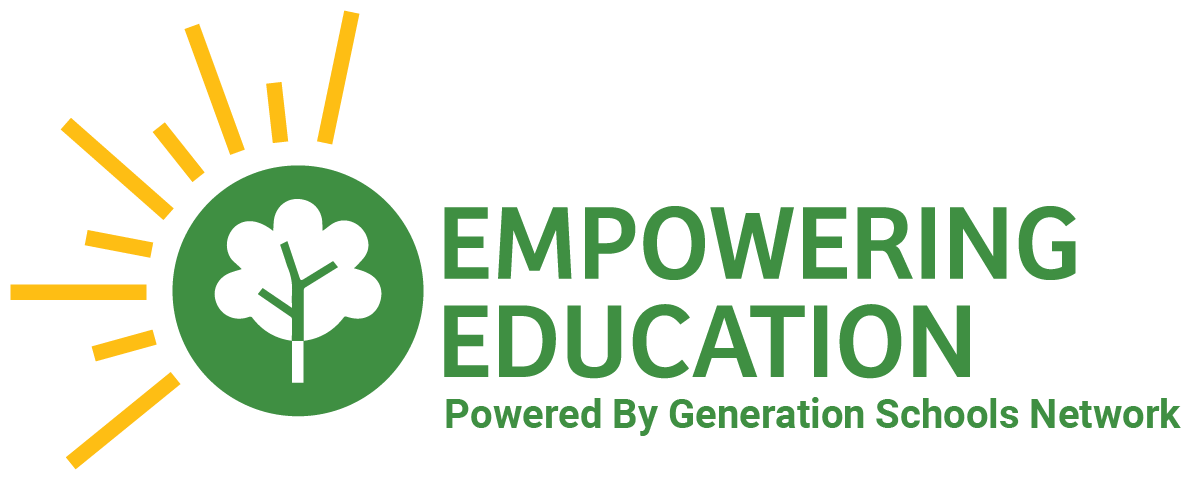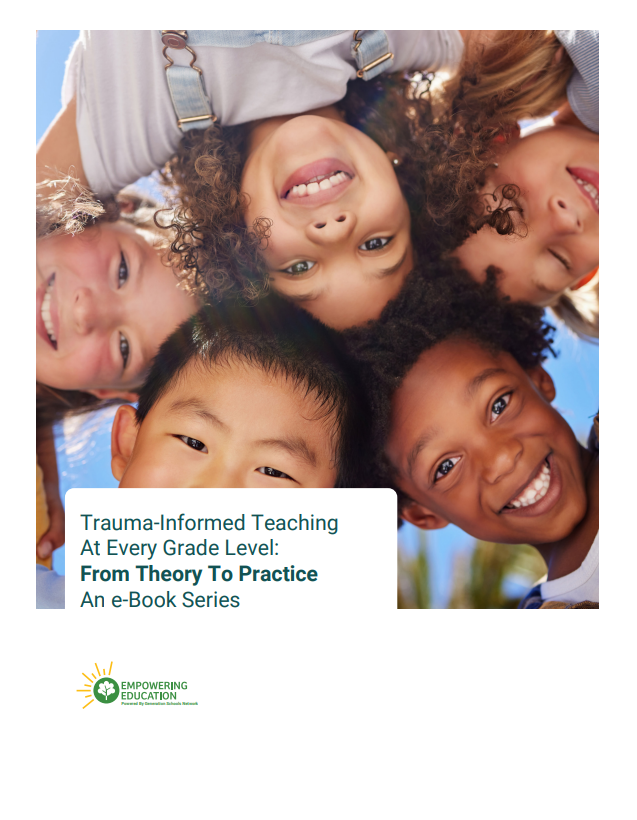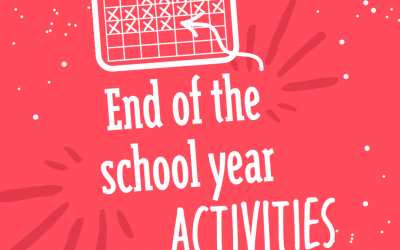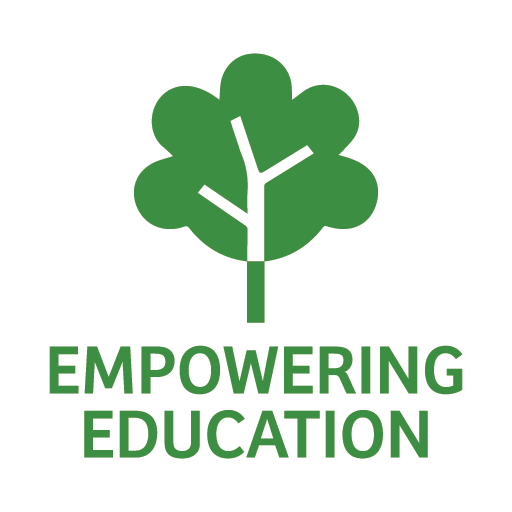The Importance of Active Listening Skills for Kids
Active listing skills need to be explicitly taught to kids, contrary to popular belief. We seem to think that active listening is a simple endeavor. How often have you spoken the phrase, "I just want you to listen!" Or perhaps you've been on the receiving end of this comment?
As students in our classes have discovered, however, there is a lot more than "just" listening. There is a reason the skill is called is active listening; it is an intentional, engaged process that requires a good deal of practice and effort.
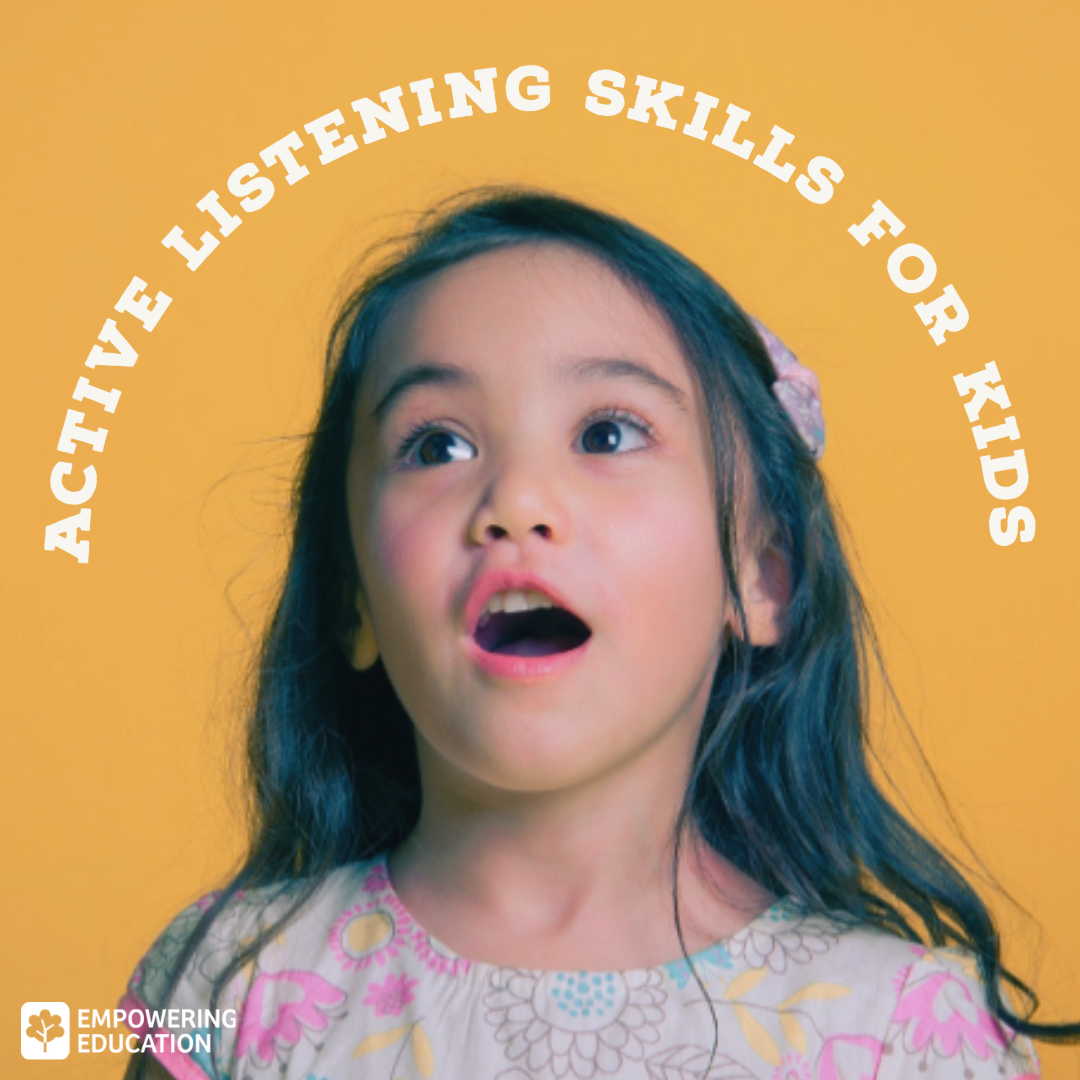
Some active listening skills for kids include:
Students in our classes have the chance to practice active listening skills in regular lessons. However, explicit instruction on listening allows students to explore these skills and also receive feedback. ( Tip for Parents: asking your child to reflect on what they heard will provide a good gauge of how much they were actually listening.)
1. Reflections
These can include a literal paraphrase of the content. ("I heard that you got into a fight with your friend."). This could also be a reflection of the underlying emotional content of speech ("It sounds like you're upset.").
2. Summaries
For longer stories, it can be helpful to summarize the message that the speaker is trying to communicate.
3. Clarifying questions
A simple question can go a long way in conveying that you are listening.
4. Body language
Minimal encouragement (head nods, eye contact, "uh-huhs" and "ok's") are an easy way to show that you are listening.
These are the basics of active listening, but if you'd like more tips on how to teach these skills to kids, check out our full lesson plan.
Get The Full Lesson
Empowering Education offers full lesson plans for teachers on teaching kids how to listen.
As you teach listening to your classroom, keep in mind that listening doesn't come easily to every child. In fact, there are several factors that may limit your students' ability to practice listing.
Some typical barriers to active listening include:
- Lack of interest
- Lack of understanding
- Physical interferences (cold, hungry, uncomfortable, etc.)
- Emotional interferences (fear, insecurity, doubt, etc.)
Communication is a vital aspect of the human experience. Whether it be communicating with a friend on the other side of the world through written email exchange, communicating face-to-face with a colleague to settle a disagreement, or communicating non-verbally with body language to show understanding, humans have found ways to communicate since the beginning of time. Communication is simply the act of transferring information from another place to another and facilitates the spread of knowledge as well as builds and creates relationships.
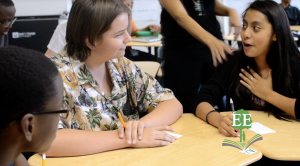
Communication is the foundation for creating healthy and positive relationships. When we communicate effectively, we are able to tell others how we feel about a situation, issue, or experience in a productive manner. One of the main pillars that effective communication is built on is respect; respect for oneself as well as respect for others one is communicating with. When we are respectful to others we are communicating with, through making eye contact and actively listening, we have the ability to create positive relationships where all sides are heard. Being respectful while communicating can lead to being more open-minded, empathetic, and compassionate towards others as well as towards ourselves.
It is clear that communication is a fundamental part of life, but when are we taught explicitly how to communicate effectively? In traditional K-12 schooling, students move from class to class, subject to subject, with expectations to participate in and stay engaged in their studies. Through just one day at school, students at all grade levels may have homework to complete, presentations to present, group projects to participate in, and extracurricular activities to attend. In these examples of a student’s daily journey at school filled with homework, group work, and presentations, communication is fundamental. If a student has a question about an assignment, they need to know how to ask for help; when a small group has a project for class to prepare for, they must know how to let all voices be heard; when a student has to give a presentation to the class, they must know how to present clearly and concisely; and a student on any type of team or extracurricular activity needs to know the importance of teamwork and how to communicate effectively. Students move from the basic principles to the advanced theories of literacy, math, social studies, and science throughout their schooling yet might not have the same experience learning how to communicate effectively. Communication is a critical skill to have and develop, yet when are students directly learning how to communicate?
Here at Empowering Education, we feel teaching youth the importance of effective communication as well as providing real-life examples and scenarios to practice and build communication skills is a gamechanger. As communication is a key principle of social and emotional learning, the Empowering Minds curriculum sees communication as one of the foundations for nearly every lesson. Empowering Minds teaches students how to effectively communicate through practicing and creating I-statements, through learning ways to become an active and mindful listener, through learning how to communicate ones’ needs and work to solve problems with peers, through learning the vocabulary and building an emotional literacy toolbox, through practicing and encouraging positive self-talk, and through lessons focused on compassion, cooperation, and kindness for oneself and others.
Communication is an essential and key concept of social and emotional learning. Students must have continued experience throughout their K-12 schooling surrounding effective ways to communicate, to listen, and to advocate for themselves and others. The Empowering Minds curriculum uses communication skills as a basis for many lessons and offers teachers and students hands-on experience for building, practicing, and fostering these essential skills.
